[DEFINITION/DESCRIPTION OF WETLANDS]
As explained by The Wetlands Initiative (n.d.), all wetland ecosystems share three characteristics: they all have water, either permanently, frequently, or seasonally; they have hydrophytic, water-loving plants; and they contain hydric soil that is repeatedly or consistently waterlogged. While all wetland ecosystems share these characteristics, there are many different types. Some of these main wetland ecosystems, each of which has its own subtypes, are marshes, swamps, bogs, and fens (EPA, 2024).
As a whole, wetlands help recharge groundwater supplies as water infiltrates the ground and flows to other bodies of water. They can also protect against flooding by slowing and storing excess flood water. As water passes through marshes, pollutants, and sediments settle to the marsh floor, and the plants help remove excess nutrients like nitrogen and phosphorus, which can otherwise cause the eutrophication of waterways.
Marsh wetlands are permanent ecosystems saturated with 1-6 feet of standing or slowly moving water (The Wetlands Initiative, n.d.). Marshes are frequently found at the edges of other bodies of water and are home to rooted plants which grow under, up and out, or float on top of the water’s surface. Some common marsh plants are cattails, bulrushes, lotus, sedges, and water lilies (The Wetlands Initiative, n.d.). You’ll notice that most of these plants are soft-stemmed and adapted to saturated soil conditions, as noted by the EPA (2024). These plants take advantage of the rich nutrients marshes offer and can even help filter out excess nutrients like nitrogen and phosphorus from farming that would otherwise contaminate surface water (EPA, 2024).
Swamp wetlands, like marshes, are typically a permanent kind of ecosystem but with 0-2 feet of standing or slow-moving water (The Wetlands Initiative, n.d.). These ecosystems are dominated by woody plants like trees like Cypress, Atlantic White Cedar, and Tupelo; some can also have many shrub species like Buttonbush or Smooth Alder (EPA, 2024). Swamps are also home to many species of fish, birds, and invertebrates, including many which are endangered. Since there are different types of swamps and they vary geographically and with local climates, swamps can have quite different flora and fauna from one another.
Swamps are valuable ecosystems because of their nutrient rich soil and biodiversity. The large amounts of nutrients in swampy soil have led some to be drained for agricultural use; the timber of swamps can also be an economically valuable and useful resource to harvest (EPA, 2024).
Bog wetlands are usually peat-forming ecosystems and are fed by “sky water” coming from rain or snow. Since water from the atmosphere is slightly acidic, bogs are usually acidic environments inhabited by species like the northern pitcher plant, orchids, and ferns which have adapted to thrive in the acidic environment. (Friends of Volo Bog, n.d.). In general, bogs have less standing water than marshes and swamps. However, even at low water levels or during periods of drought, the ground of bogs is often saturated or moist. Bogs are also often peat-forming ecosystems. According to the Kentucky Geological Survey (n.d.), peat is “soil-like, partially decayed plant material that accumulates in wetlands.” Peat accumulates over time as dead plant and animal matter is waterlogged and begins breaking down. If the dead matter accumulates faster than it can fully break down, it becomes trapped under the ground’s surface, and new matter accumulates on top of it. Peat, after millions of years, undergoes a process called coalification, by which it is compacted and dried out, eventually becoming coal (U.S. Energy Information Administration, 2024).
In the United States, bogs are found most frequently in the glaciated northeast around the Great Lakes, where there are northern bogs. This subtype of bog typically has lower temperatures and areas with high humidity and precipitation, keeping bogs moist. Pocosin bogs can also be found in the southeast, occupying the Atlantic Coastal Plains from about Virginia downward into northern Florida (EPA, 2024).
Fen wetlands, another type of peat-forming ecosystem, receives its water from groundwater sources like springs, unlike bogs, which receive most of their water from rain and snow. Since fens are less acidic than bogs (and are, in fact, frequently alkaline), they are able to support a wider array of plant and animal species (The Wetlands Initiative, n.d.).
Fens are often occupied by grasses, sedges, rushes, and wildflowers. Over time, if dead plant matter accumulates faster than it can decompose, peat can build up. If sufficient peat builds up, a fen can be blocked off from its groundwater source(s), effectively turning it into a bog (EPA, 2024).
Like this:
Like Loading...

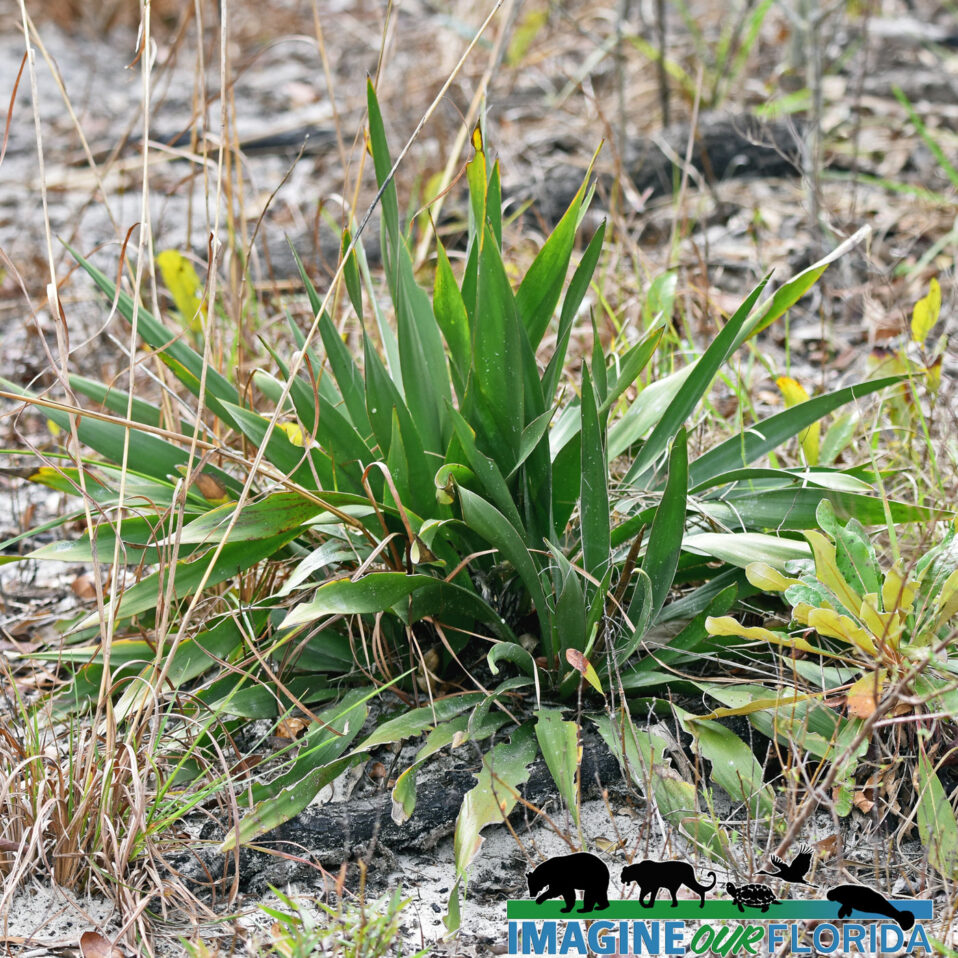
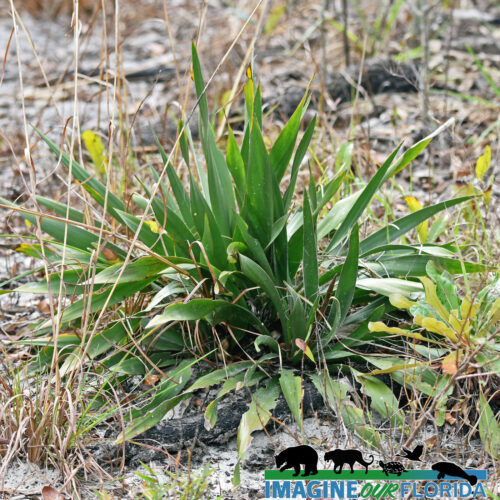
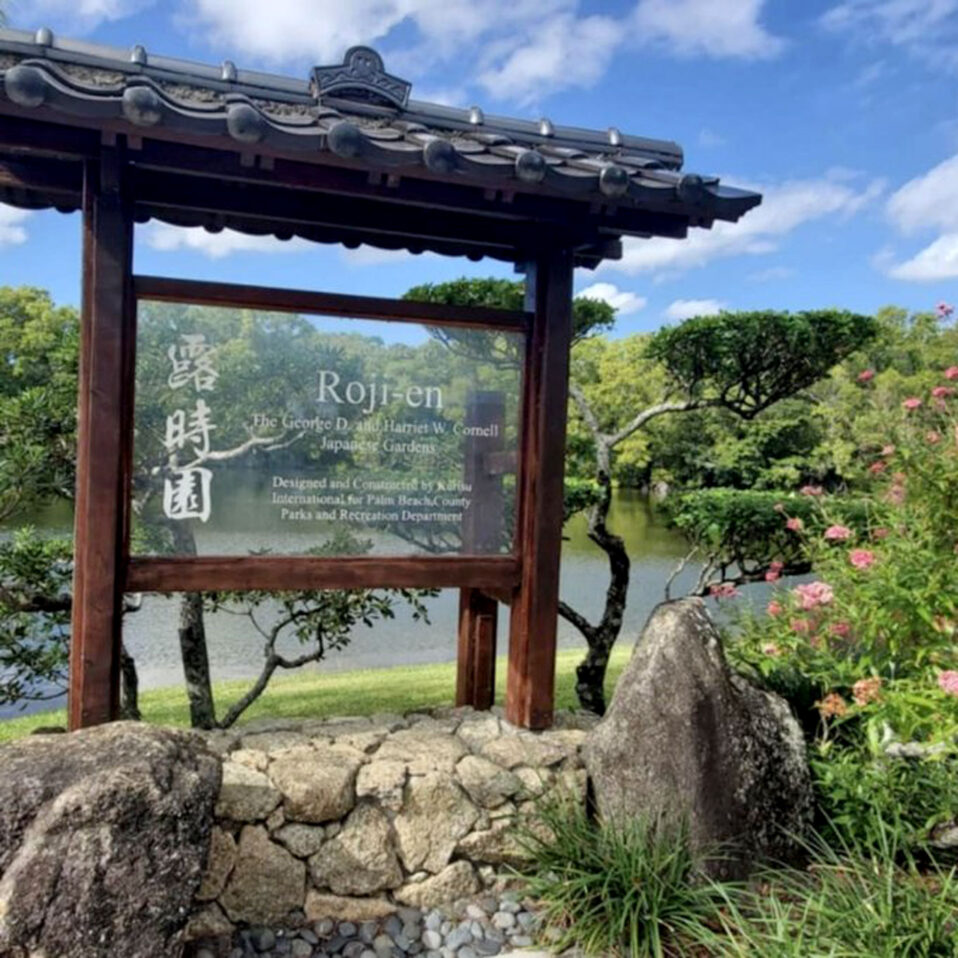
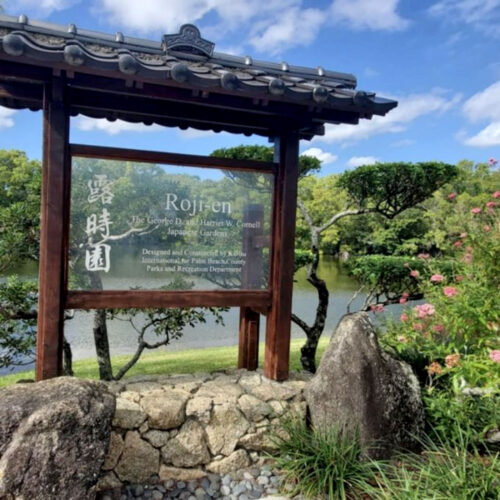

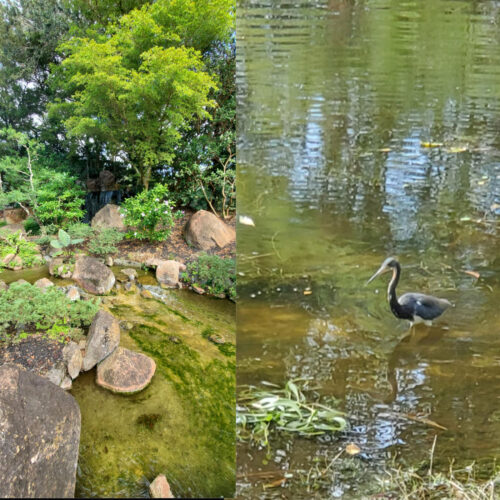
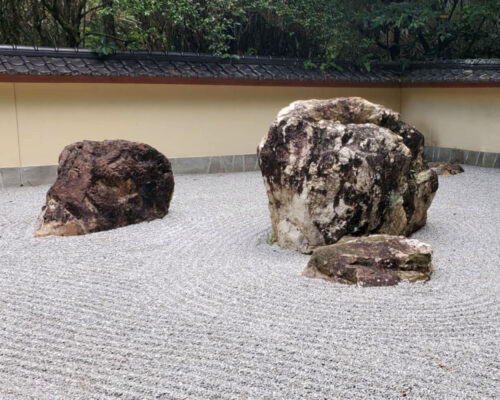
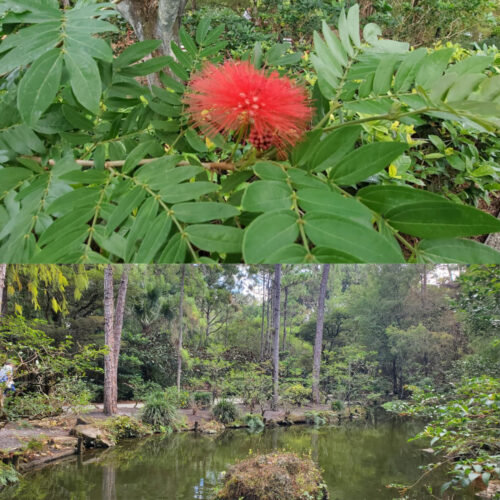
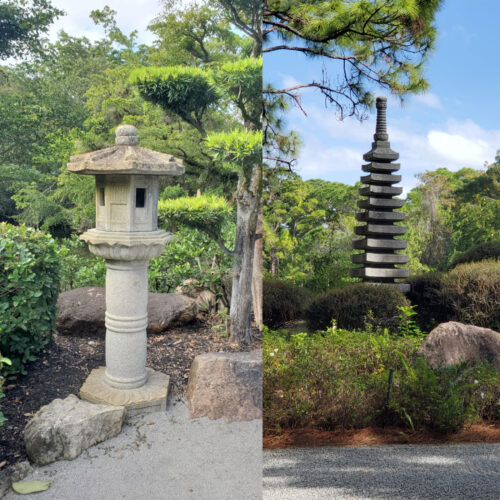
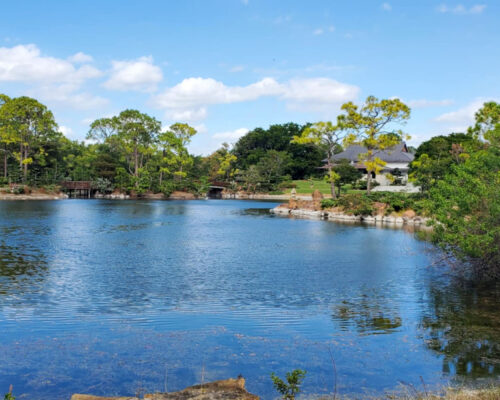
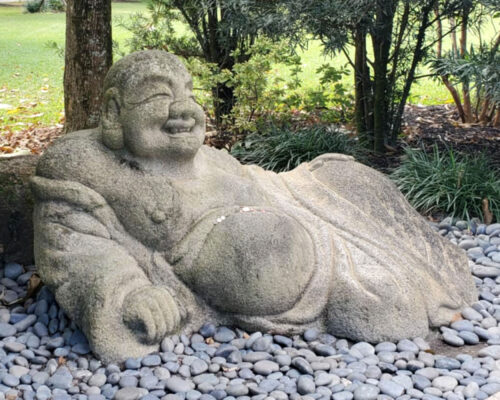
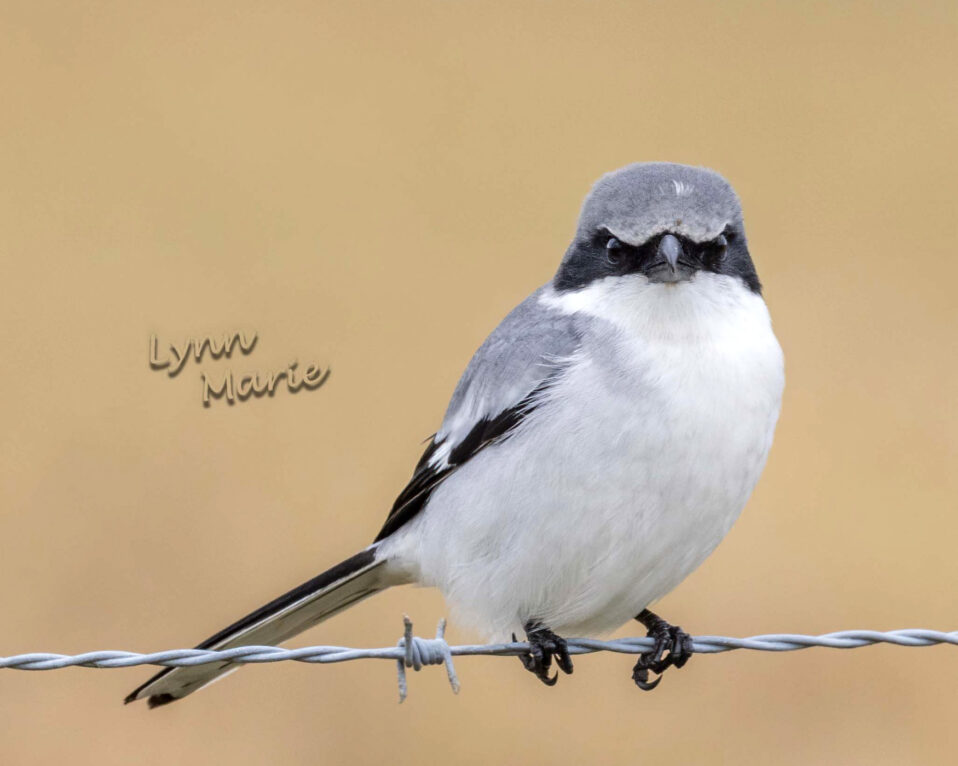
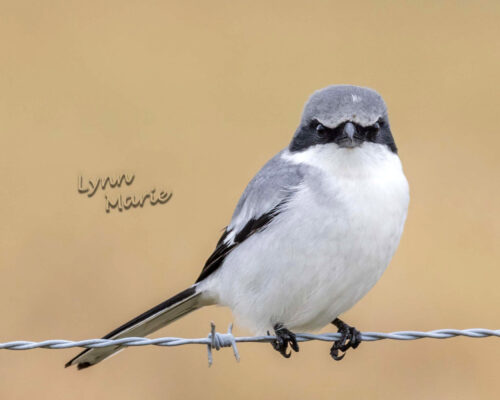
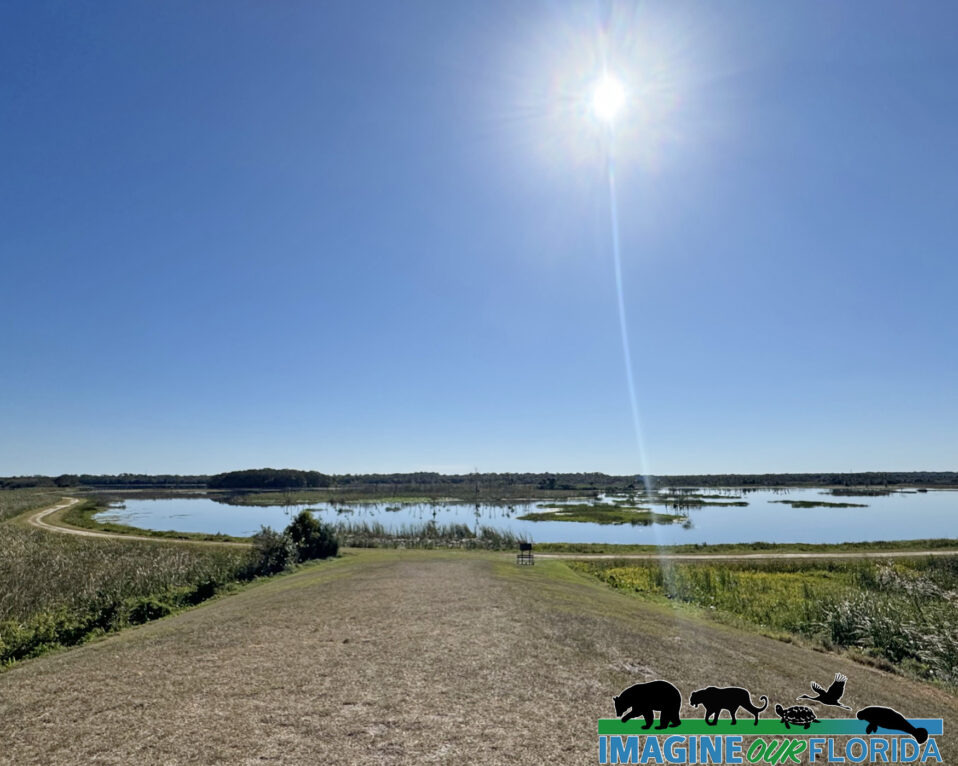
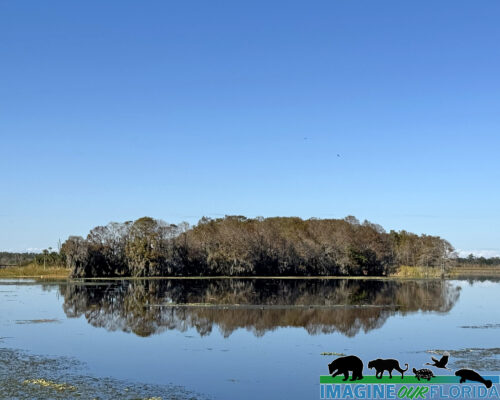
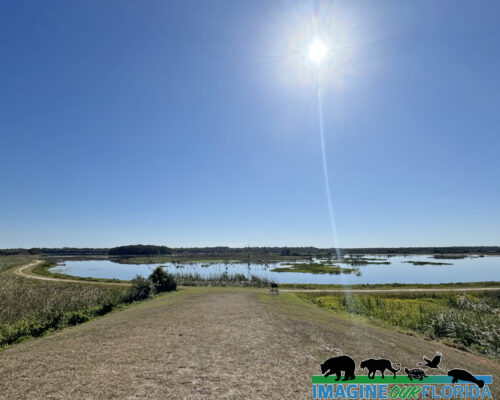
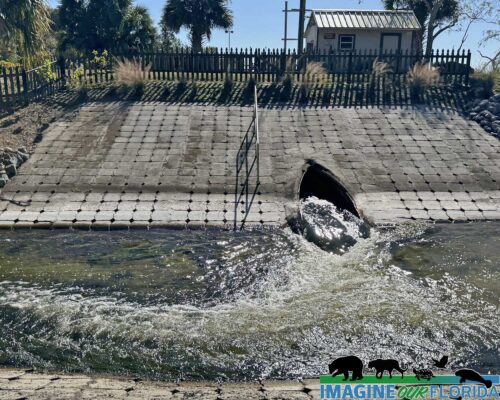
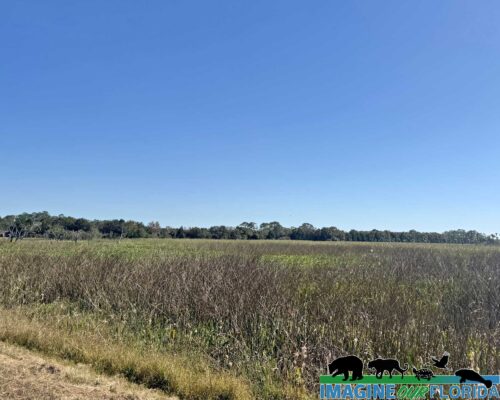
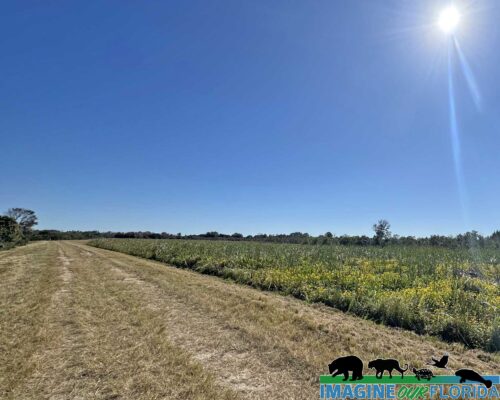
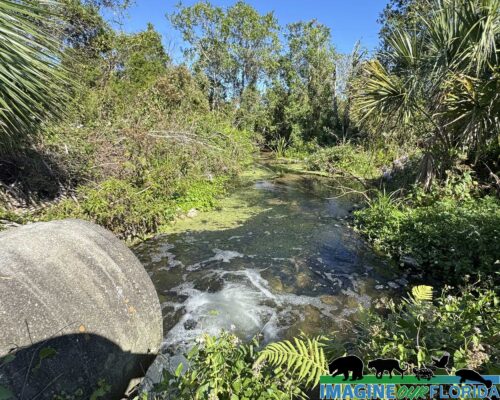
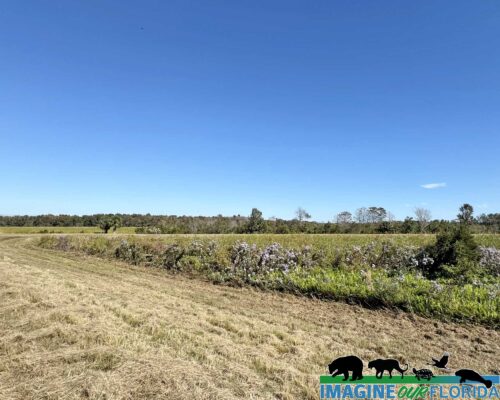
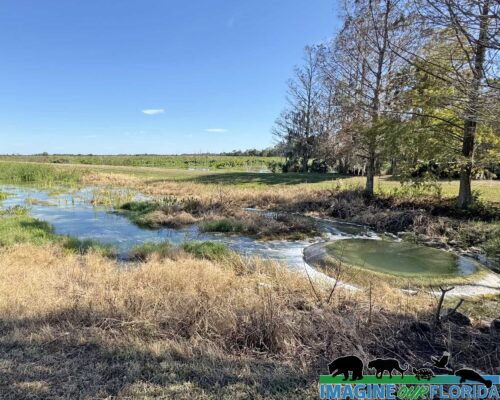
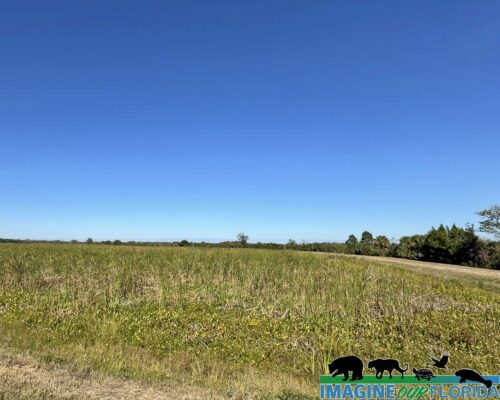
Recent Comments